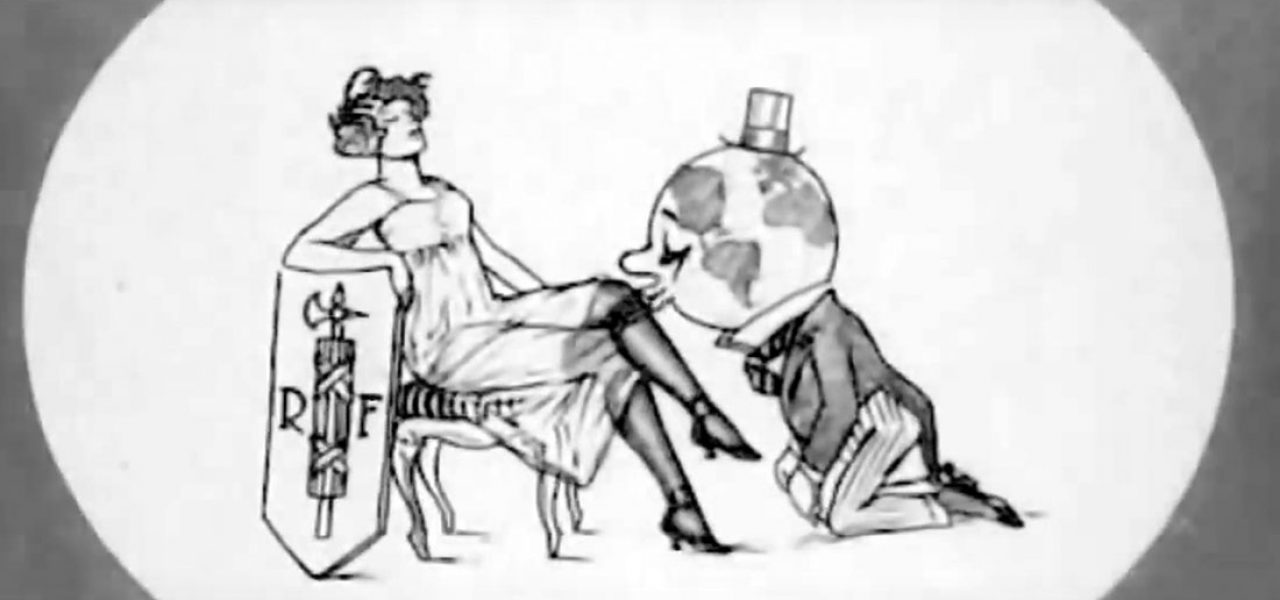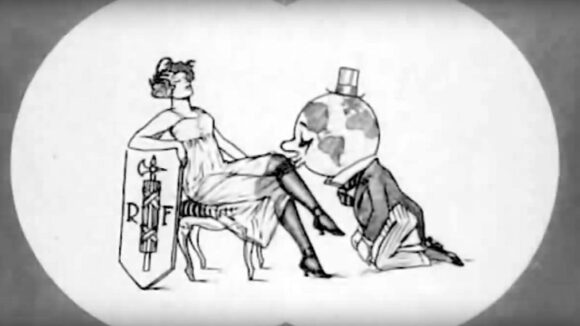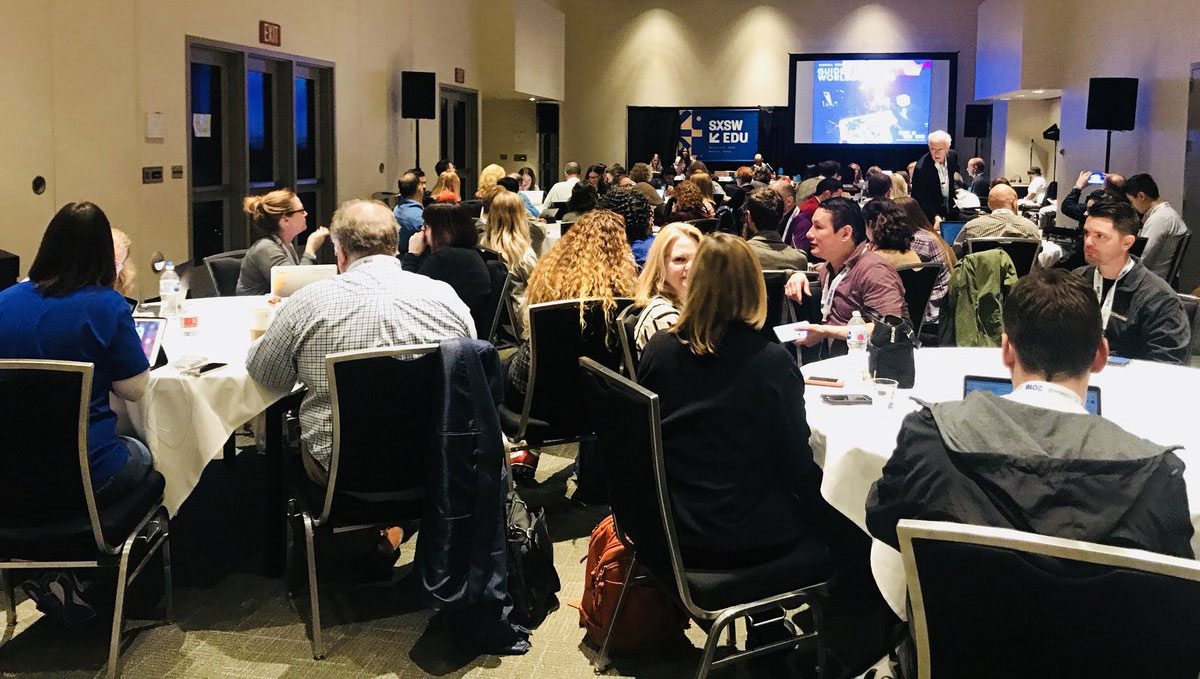

Quirino Awards Will Launch Its Academic Conference With A Tribute To Animation Pioneer Quirino Cristiani
The worlds of business and academia have not traditionally mixed effectively within the animation world, but this week’s Quirino Awards aims to change that. It aims to be one of the rare events where researchers, lecturers and professional animators will have the chance to connect and share knowledge.
One of the key attractions of the first Quirino Awards, taking place this weekend on the Canary island of Tenerife, will be its academic congress and educational meetings running parallel to the awards ceremony and co-production forum.
Giannalberto Bendazzi, the highly regarded Italian animation historian and author of the multi-volume Animation: A World History, will open the first Quirino Academic Congress with a talk on Quirino Cristiani, who directed the first-ever feature-length silent animated film and also the first sound animated feature, both now considered lost. The congress and awards are both after the Italian-Argentine animation pioneer, not just as an homage to Cristiani but also as an allegory for the lesser known but pioneering nature of Ibero-American animation.
Another anticipated seminar at the congress will be delivered by Argentina-based Maria Laura Ruggiero, offering views on immersive narratives “to build animation’s future mythologies.” For her, the state of animation education in Latin America has greatly improved in the last decade, but some areas still need work, especially in the fields of traditional techniques and vr animation. Ruggiero is experienced in teaching narrative design in part through the ‘storyhacking’ project, a nomadic workshop exploring transmedia narratives and experimental design that Ruggerio’s team is conducting at film festivals, meetups, and art and technology events across South America, as well as at the Quirinos.

Eleven lectures will be presented to the congress by universities and independent researchers from Brazil, Denmark, Ecuador, Mexico, Portugal, and Spain, explaining the history and practices of Ibero-American animation, with a strong focus on greater inclusion of indigenous cultures and languages from the Amazonian and Andean regions.
Besides these activities, delegates from leading animation education centers will take part in a roundtable to lay the foundations for an Ibero-American network of closer partnership and future collaboration. Staff from institutions across Ibero-America will be in attendance, including:
- Argentina (National University of Tierra del Fuego, Antarctica and South Atlantic Islands)
- Brazil (Anhembi Morumbi University and the Federal University of Juiz de Fora)
- Colombia(SAE Institute)
- Mexico (SAE Institute)
- Denmark (Animated Learning Lab at The Animation Workshop)
- Ecuador (Universidad de San Francisco de Quito)
- Portugal (Escola Superior de Design – IPCA and University of Aveiro)
- Spain (Barreira A+D, CIFP Cesar Manrique, Fernando Estevez Art College, El Caleidoscopio, LightBox Academy, U-Tad, University of La Laguna, and the Technical University of Valencia)
Inma Carpe from the Animated Learning Lab (ALL) at The Animation Workshop (ALL), spoke to Cartoon Brew about the presence of a Danish institution at the Quirino talks. Their role is justified and relevant due to the strong ties that ALL has developed while promoting animation teaching as a cognitive tool in the Andean countries of Bolivia, Chile, Colombia, and Ecuador, and the use of animation as a means to promote local artists and enhance cultural identities.
The results of this work include three short films made by children: Abuela Grillo, Amaranto and Making of Animated Stories, Cusco. ALL was also involved in the creation of animation festivals and training programs in the region such as Andimation and TIFA Andina, with funding and support from the education ministries in Denmark and Peru, UNESCO, and other public and private entities.
This week’s convergence of figures from academia, education, and industry at the Quirino Awards allows for a unique opportunity to consider the animation art form from all angles, and to perhaps arrive at new understandings of where the art has been and where it’s headed in the 21st century.
Image at top: Still from Cristiani’s short film “Los que Ligan” (1919).

.png)